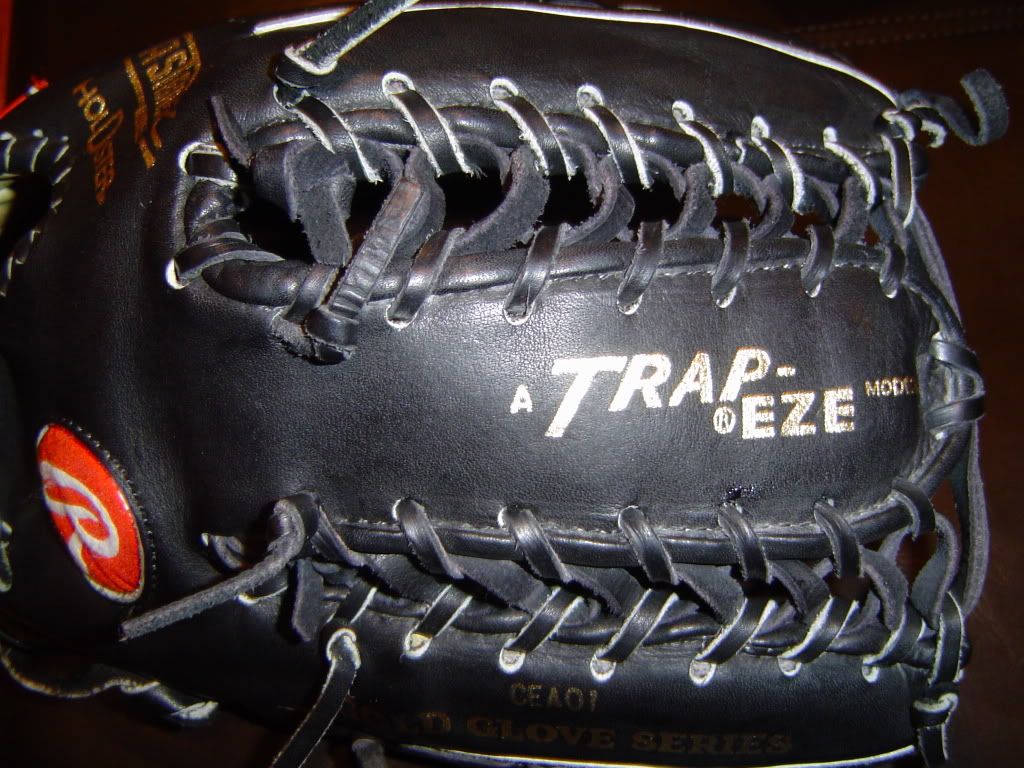Trap-Eze lacing
I was just looking pictures of boz2730's stunning PRO-12TC Custom, and I noticed how the Trap-Eze is laced...it's not quite "interlaced", with one lace going over, then under the other. Rather, one entire lace is located entirely in front of (or in back of) the other.
Just recently, I noticed that on my PRO-TB, and I thought it'd look better if I interlaced them, and after I did it, I was really happy with it. But is there any reason why Rawlings laces them that way? Is there anything wrong with what I did - other than altering how Rawlings has done it for 60 years, that is...

Just recently, I noticed that on my PRO-TB, and I thought it'd look better if I interlaced them, and after I did it, I was really happy with it. But is there any reason why Rawlings laces them that way? Is there anything wrong with what I did - other than altering how Rawlings has done it for 60 years, that is...
